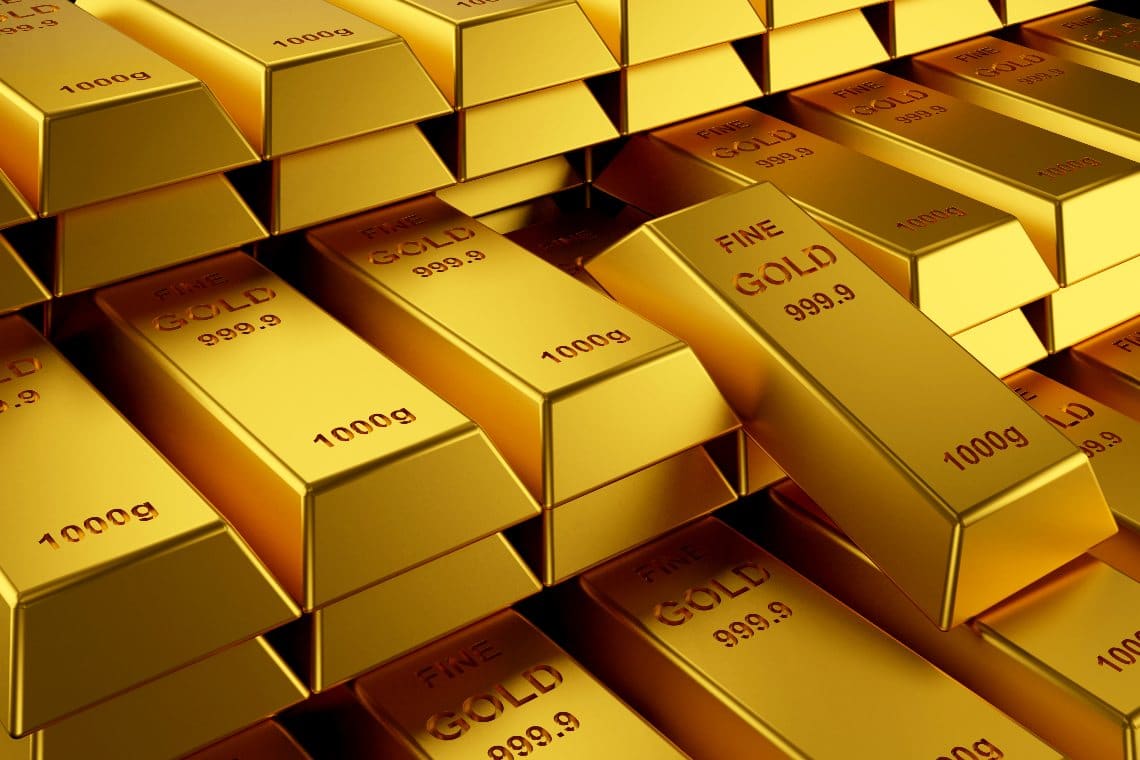Central banks increased their gold reserves by more than 360 tonnes in the first eight months of 2021.
The post-pandemic rise of gold
This is revealed by data from the World Gold Council, according to which most of the purchases occurred in April, and then slowed down in August, but still remained quite high.
During the entire previous year, total purchases had not exceeded 264 tonnes, so in just eight months this year purchases were already 36% higher.
During 2019, 707 tonnes had been purchased, mainly from China (96 t), Russia (158 t), Turkey (125 t) and Poland (100 t).
This year, so far, the largest purchases have come from Thailand (90 t), Japan (80 t), Hungary (63 t) and Brazil (62 t), followed by India and Uzbekistan with more than 40 tonnes each.
Compared to the average increase in the first six months of the year over the last five years, the increase in 2021 was 39%, which is quite significant.
At a current price of almost $57,000 per kilo, 360 tonnes would cost over $20 billion. Far less than both the total market cap for gold and the total value of fiat currencies in circulation around the world.
Thailand has been hit hard by the pandemic, particularly as tourism has collapsed. This may have prompted its Central Bank to increase its gold reserves to deal with any currency crises.
It is worth noting that during the year the Thai baht lost almost 10% of its value against the US dollar, returning to the levels of four years ago, after three years of growth.
India has been continuously buying large amounts of gold for three years. So much so that in total since 2019 it has already increased its reserves by 118 tonnes, equivalent to 20% of what it possessed at the end of 2018. To date, its gold reserves amount to 6.4% of the value of its total foreign exchange reserves.
The largest percentage increase in 2021 was made by Hungary, which tripled its reserves with 63 tonnes added. Even though Hungary is a member of the European Union, it has not adopted the euro and uses its forint, which lost almost 5% of its value against the dollar in 2021.

Central banks, gold and hedging against inflation
The most significant fall, however, occurred from June, with a loss of almost 9%. Gold buying took place entirely in March, at the same time as a flash loss of almost 5% in the forint’s value against the dollar in just over a week.
Russia has been making continuous gold purchases since 2012. China’s figures stop in 2019, although many analysts believe it has continued to buy in subsequent years.
It is possible that this year’s boom in purchases is a consequence of last year’s reduction in purchases. However, it could also be due to the monetary and fiscal stimulus provided in response to the pandemic.
Central banks would then buy gold to hedge against inflationary risks.
Despite this, the price of gold has not increased. During 2021, it fell by 7%, back to June 2020 levels. It is significantly higher than pre-Covid, thanks to an overall growth of 11% to date. Compared to five years ago, growth has been 41%.




